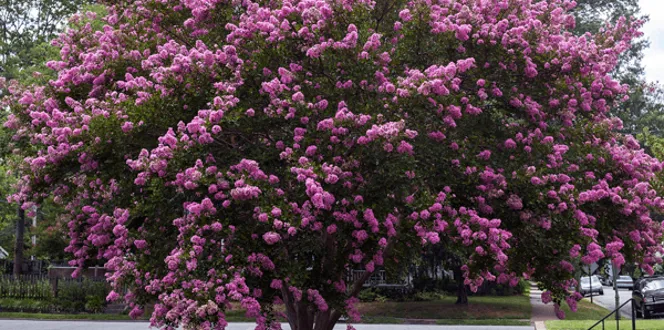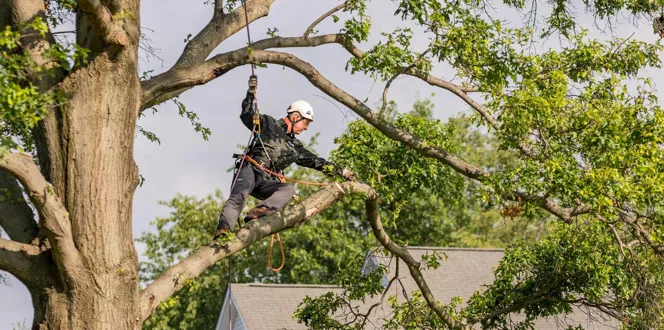If you live in an area where tornadoes or hurricanes happen, you already know how important it is to prep early in the season.
With little to no notice, these severe storms roll into town with their fierce winds. After they’re gone, they can leave behind devastating destruction and billions of dollars in damage.
To keep your home safe and minimize damage, prep before the season starts.
Every proactive step you take now can reduce wreckage, costs and risk later on. Keep in mind, hurricanes and tornadoes are unpredictable, intense storms. The higher the wind speed, the more likely trees will fail. Once hurricanes reach a category 3 or tornadoes reach a level F2, research shows their 115-150 mph wind speeds can uproot or destroy a tree- no matter how well prepared you are.
When is hurricane season? What about tornado season?
On the East Coast, hurricane season begins in June and continues through November. On the West Coast, hurricanes start a bit earlier – in mid-May.
Tornadoes most often occur in Southern states and the Gulf Coast from March to May. In the Great Plains, tornadoes typically occur from May through early June.
Prep before then to reduce risks while also developing a safety plan with your family.
How can I prep my trees and landscape for hurricanes and tornados?
Before you begin prepping, know that some trees can weather severe storms better than others. It all depends on the tree– and storm – you have. Your tree’s durability depends on its species, age, health, and structure. Plus, the storm’s speed, wind intensity, and the amount of precipitation also influence whether your tree will survive.
You can help trees better endure vicious winds and intense rain with these 3 steps below.
Prudent to Prune.
Having your trees inspected for risks by a professional arborist is a must.
A certified expert knows exactly what structural issues pose a risk and can be fixed by pruning. By pruning before the storm, you reduce the chances of downed limbs- or worse, trees that break, uproot, or fall.
This way, you lessen the chances of property damage. Specifically, pruning trees before hurricanes and tornadoes:
Decreases wind resistance and turbulence by thinning the canopy
Reduces fallen branches by removing dead, decayed, broken, and weak branches
Keeps your home safe by removing limbs that are overhanging or too close to your home
Calmly Cable.
Your arborist will also look for weak branches, V-shaped limbs or split trunks that cannot be removed but need extra support to weather high winds and rain. By strategically installing flexible steel strand cables and heavy brace rods, your tree becomes stronger.
When cabled, trees are less likely to break suddenly during high winds and often hold together longer. Trees will also better handle the heavy weight of snow, ice and dense foliage year-round. If a cabled limb does fail, often the cable will prevent it from falling all way down onto whatever is below.
Boost the Roots.
Trees with healthier roots are more likely to survive hurricanes or tornadoes.
To improve your trees’ root system, regularly mulch and fertilize your trees. When you deliver essential nutrients right to the root zone, your trees become better anchored and overall healthier. In addition to fertilizing, water your trees deeply during dry periods and renovate soils with decompaction methods and organic matter so trees can grow deeper, healthier roots.
Mulch helps tree roots better and retain water while also providing nutrients as the mulch breaks down. Plus, mulch helps reduce weeds around trees, which attempt to steal your trees’ water and nutrients.
Are there trees that are more hurricane or tornado resistant?
Yes, long-loved, native trees typically survive storms more than exotic, imported trees and short-lived, fast-growing trees, which makes sense. Native trees have been growing in your region for thousands of years. They’ve stood the test of time –and know how to weather your area’s storms.
Also, trees grouped together in sets of five or more, rather than lone trees, fare intense storms better. Keep this in mind when planting new trees.







